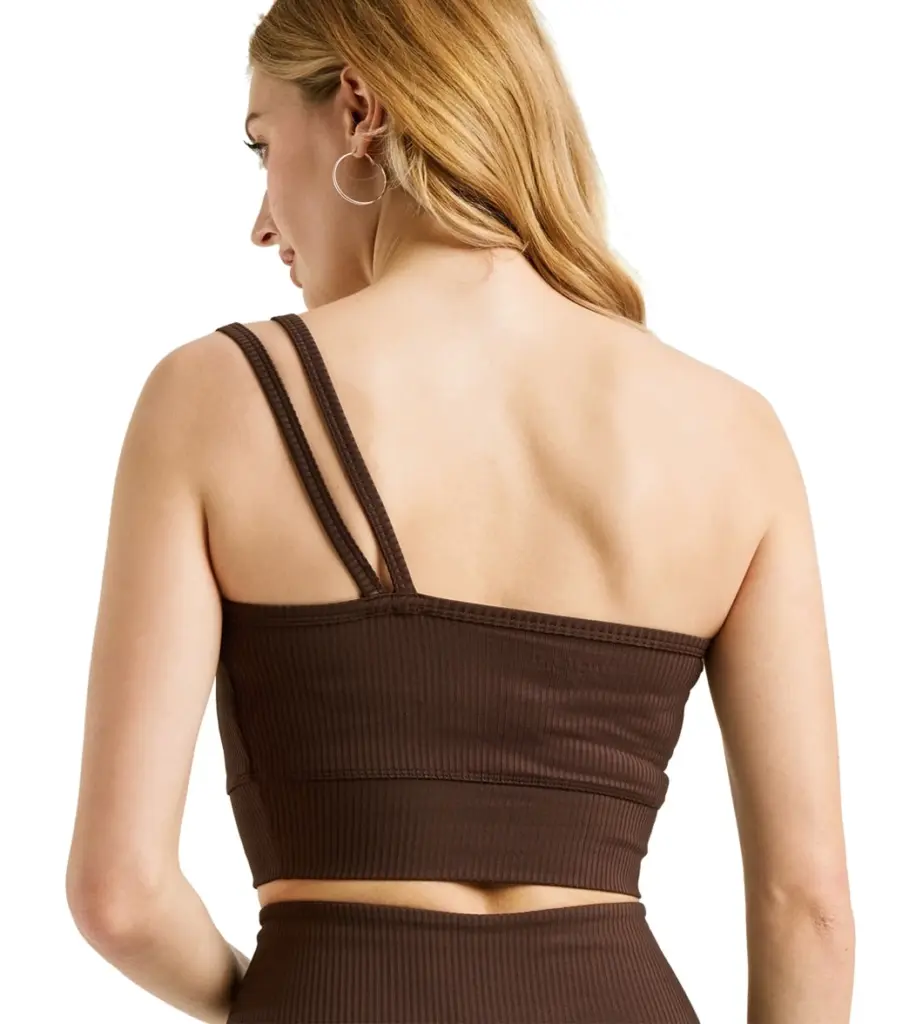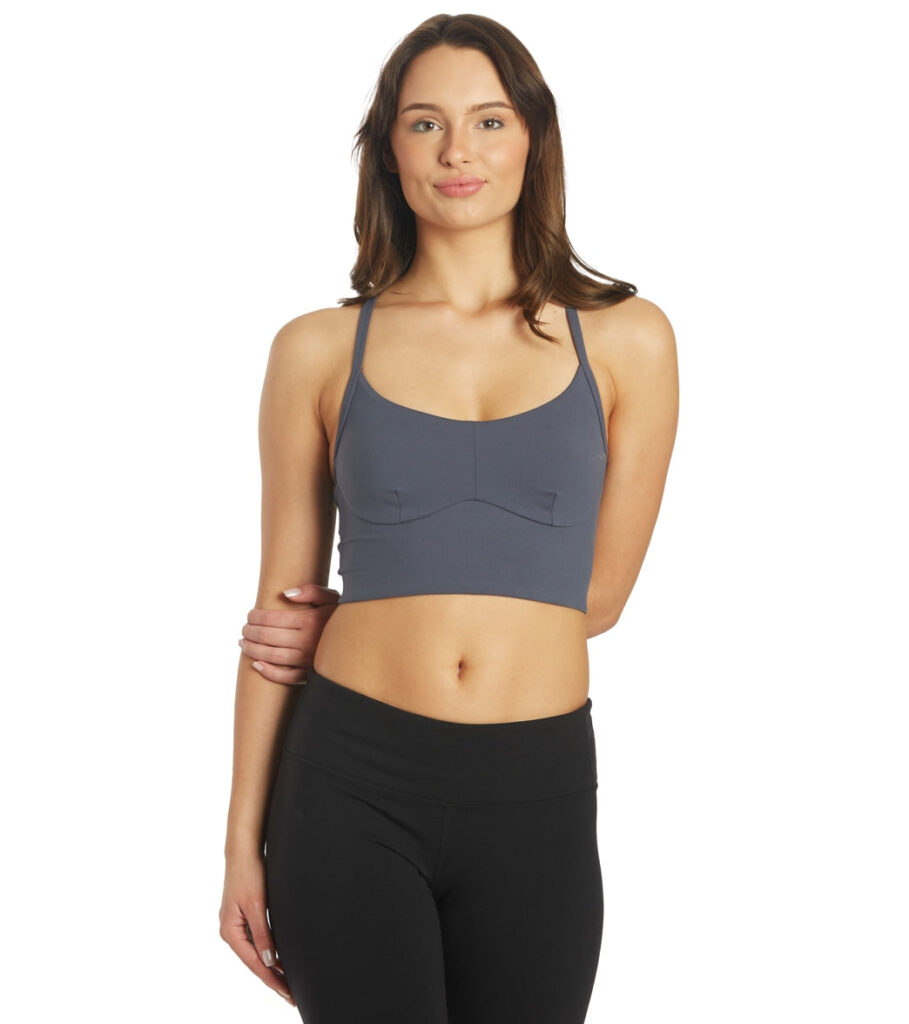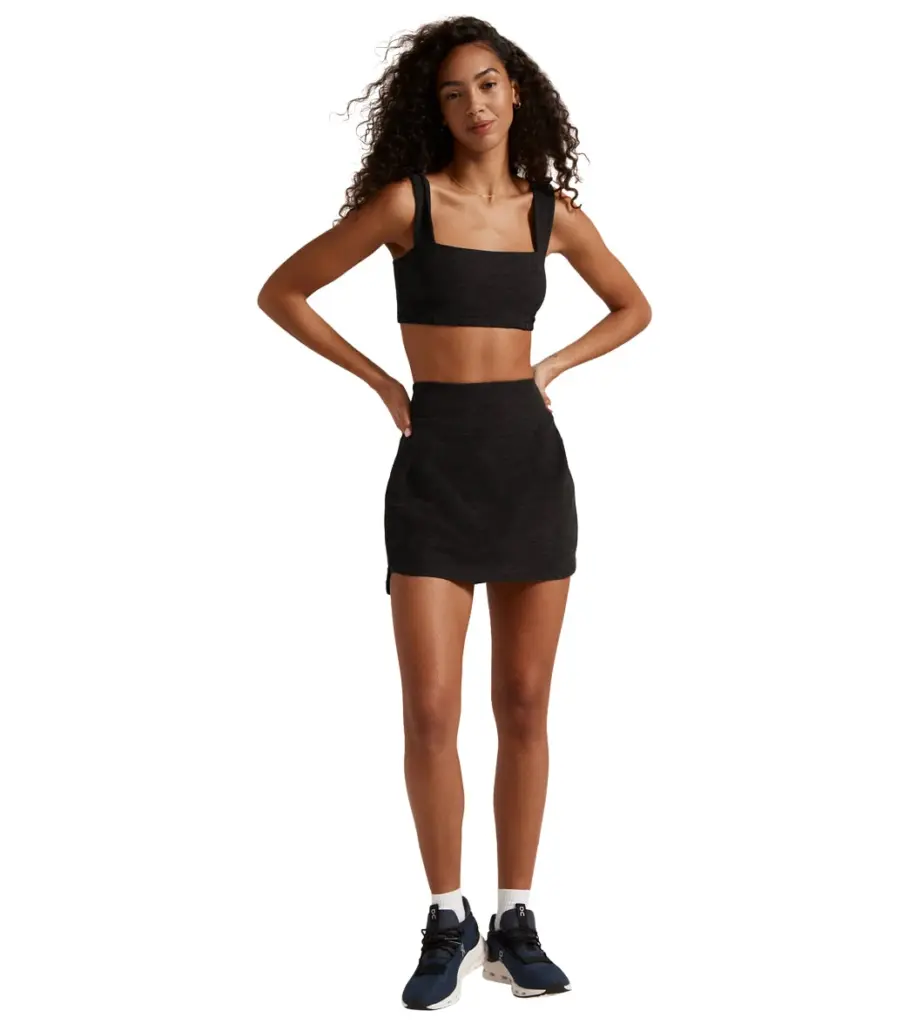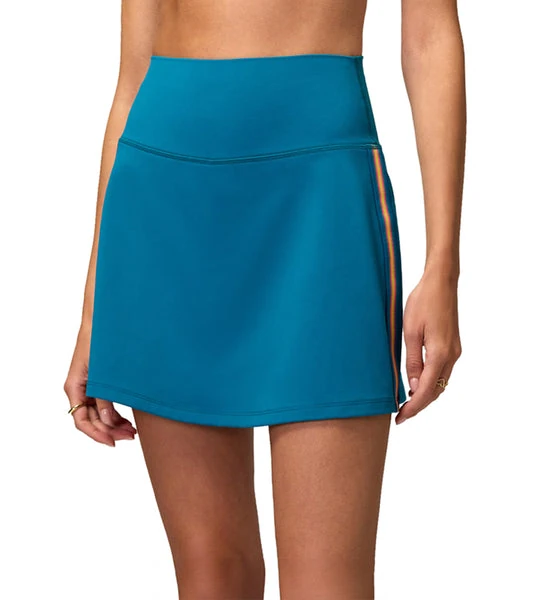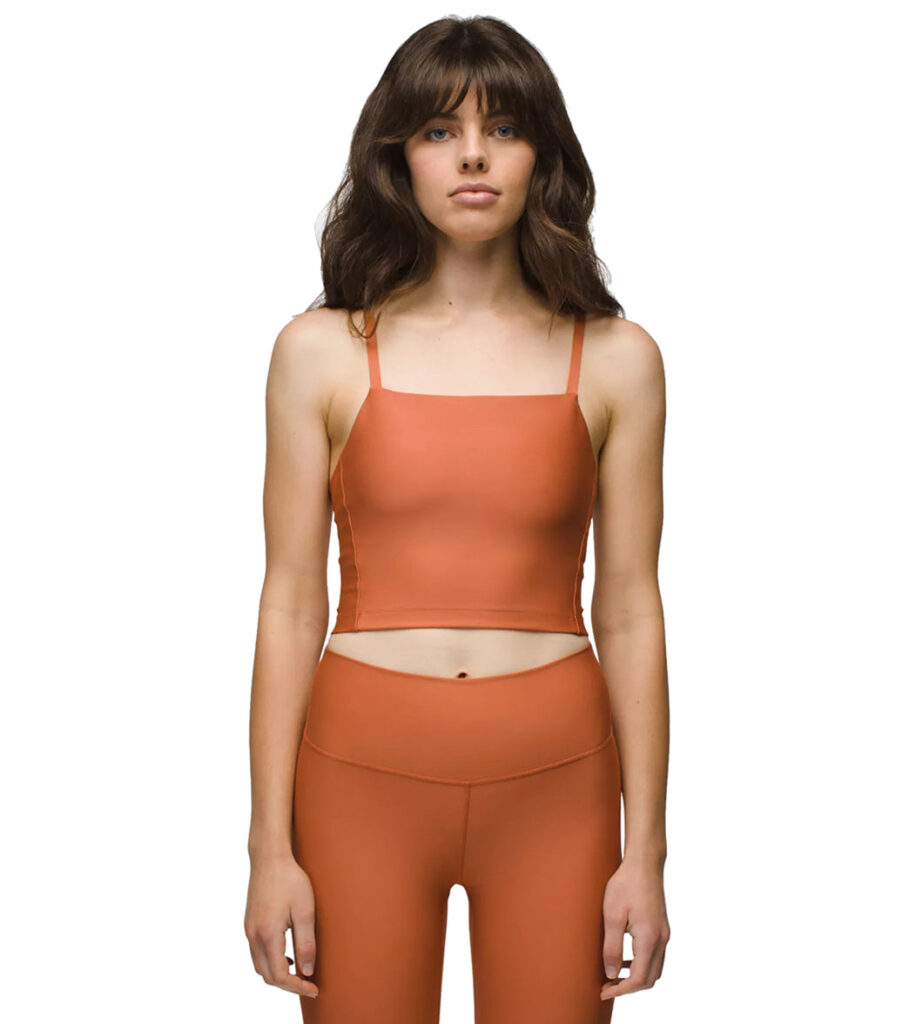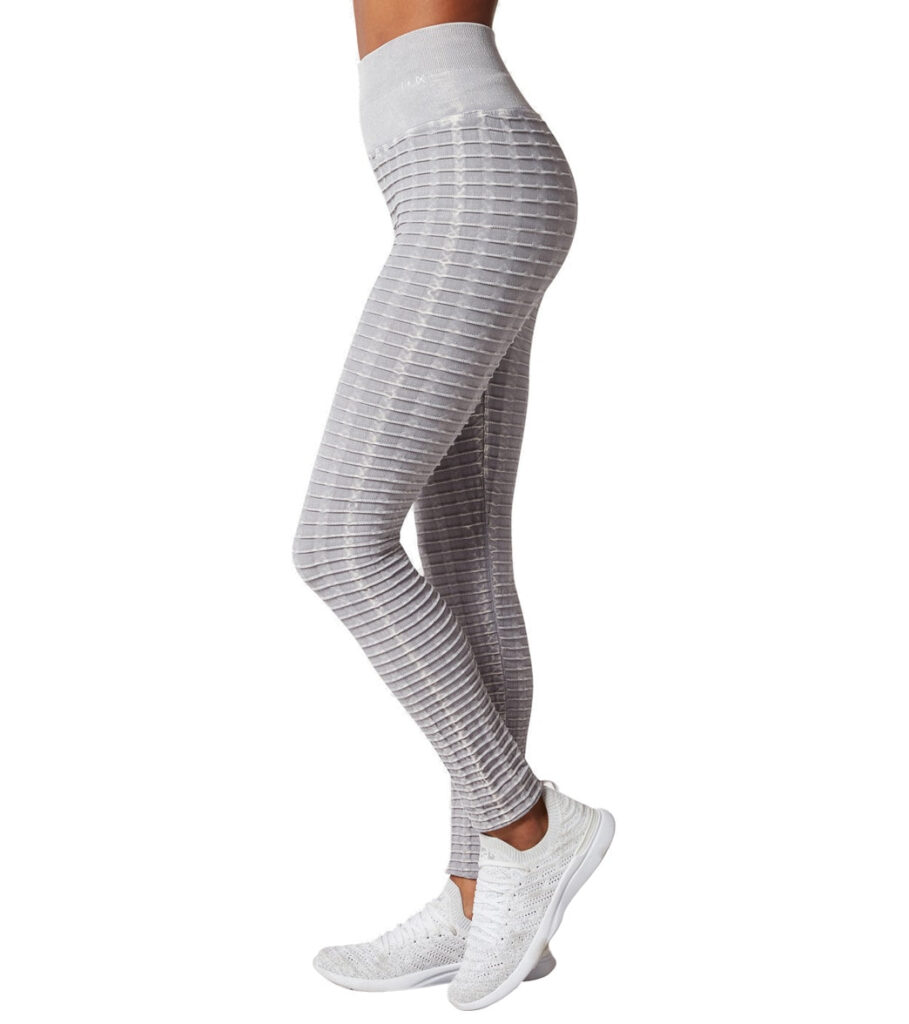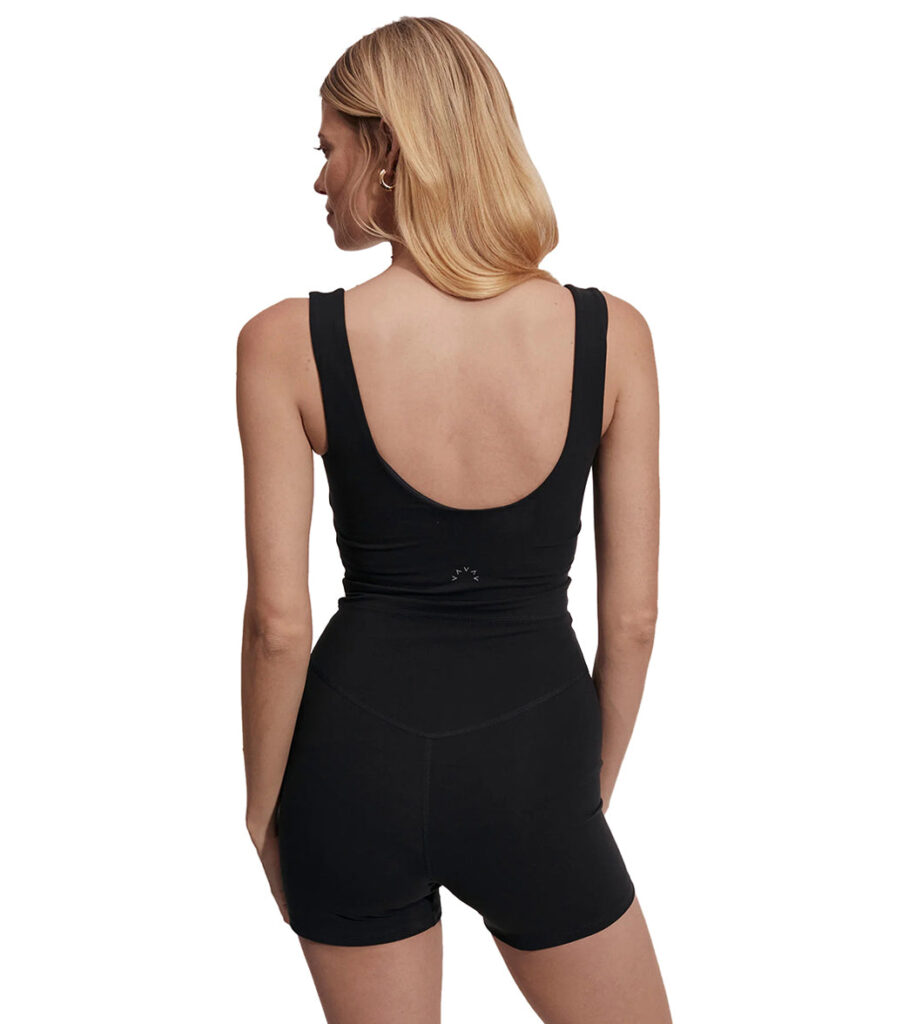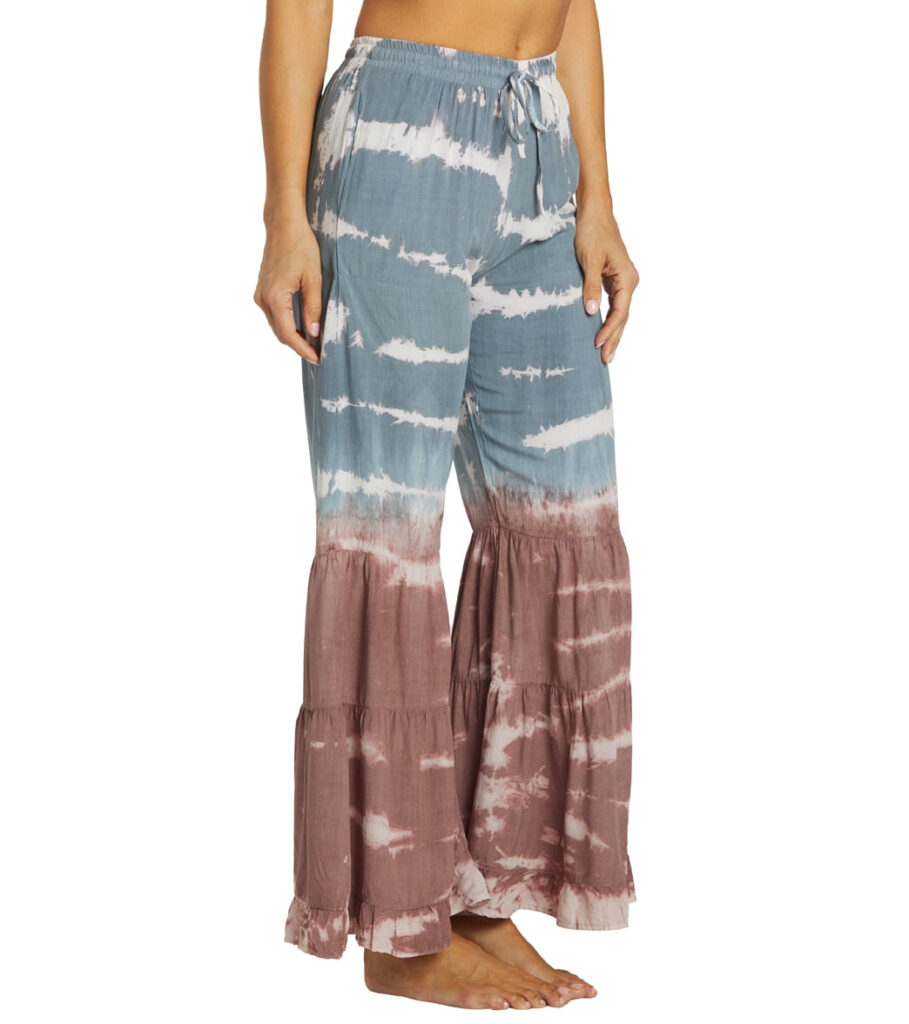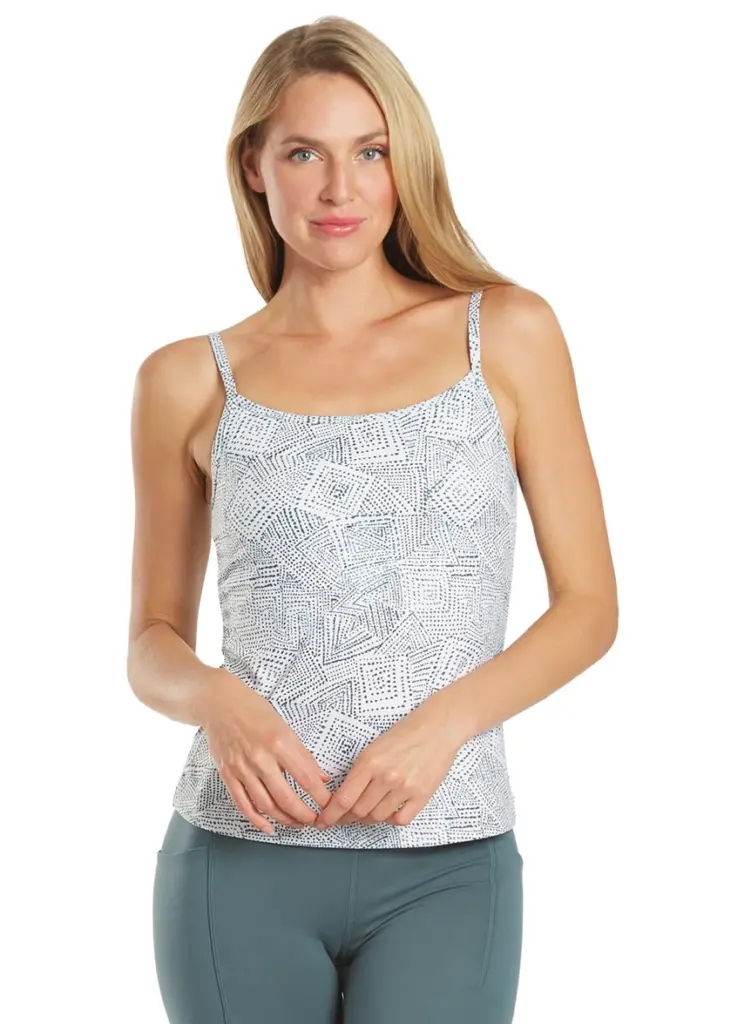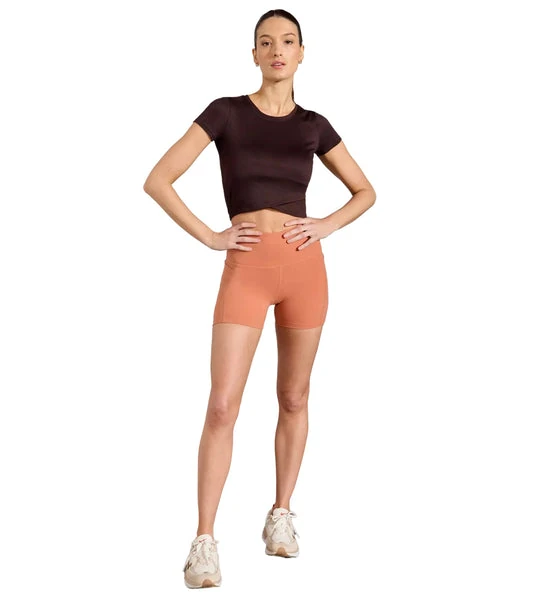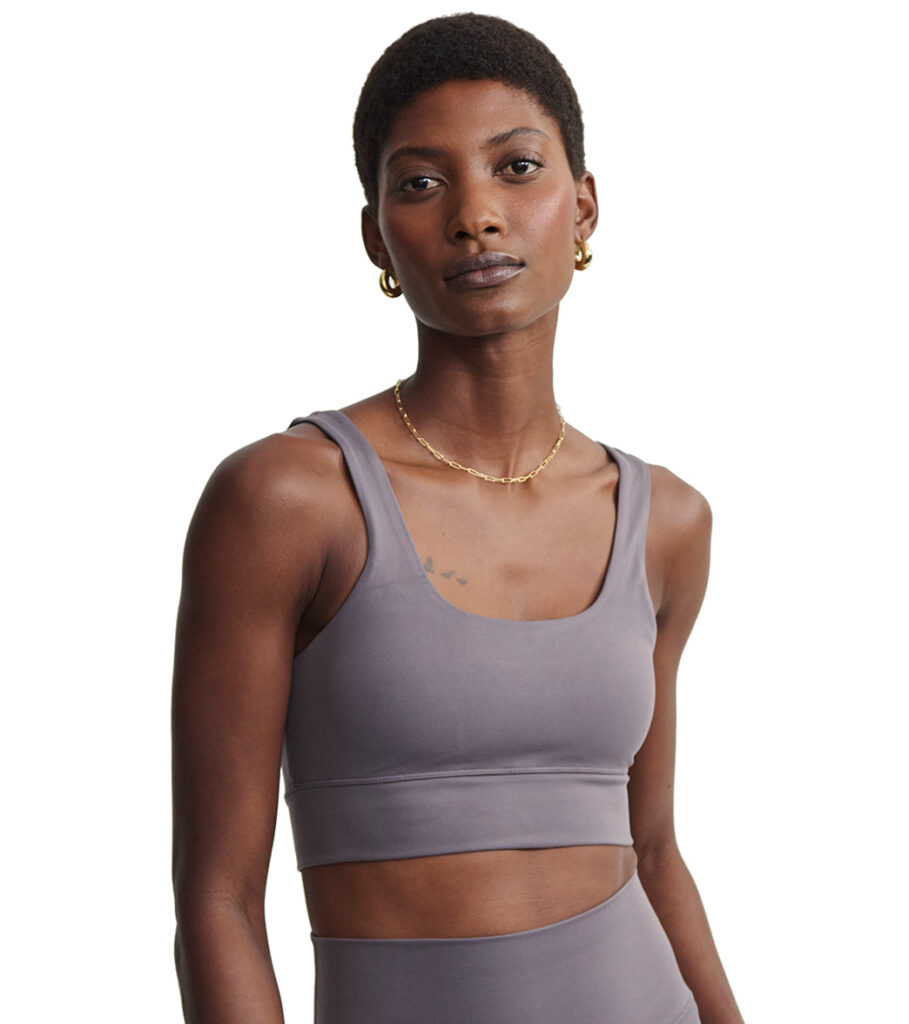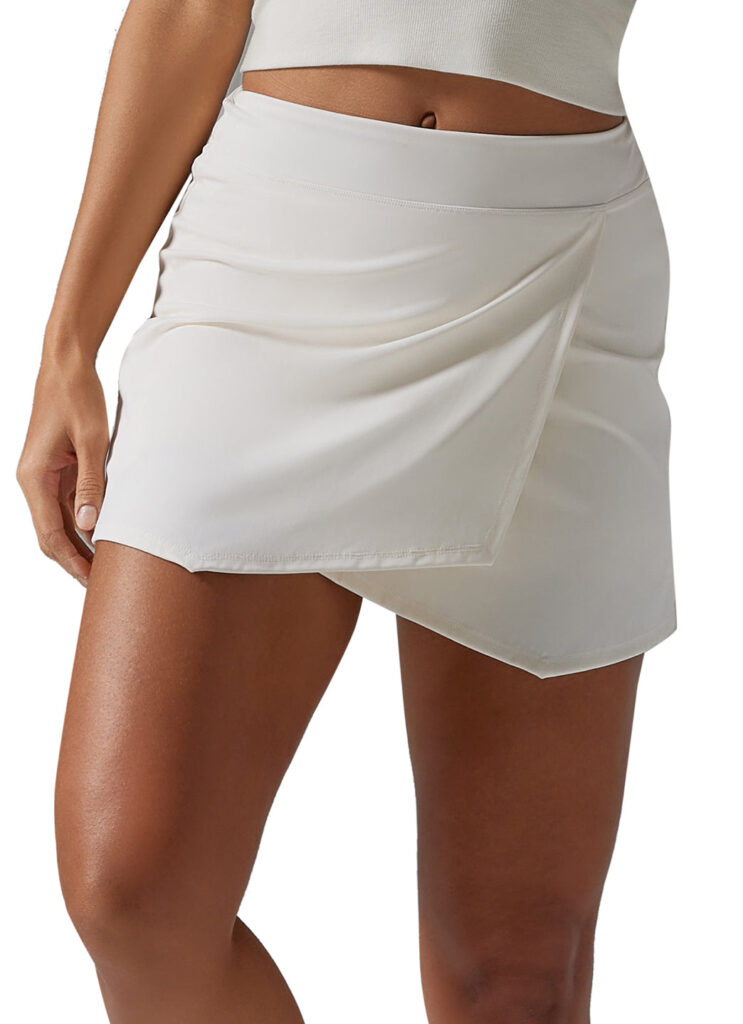Conscious Exchange: The Ultimate Australian Yoga Apparel Guide for Ethical Shoppers
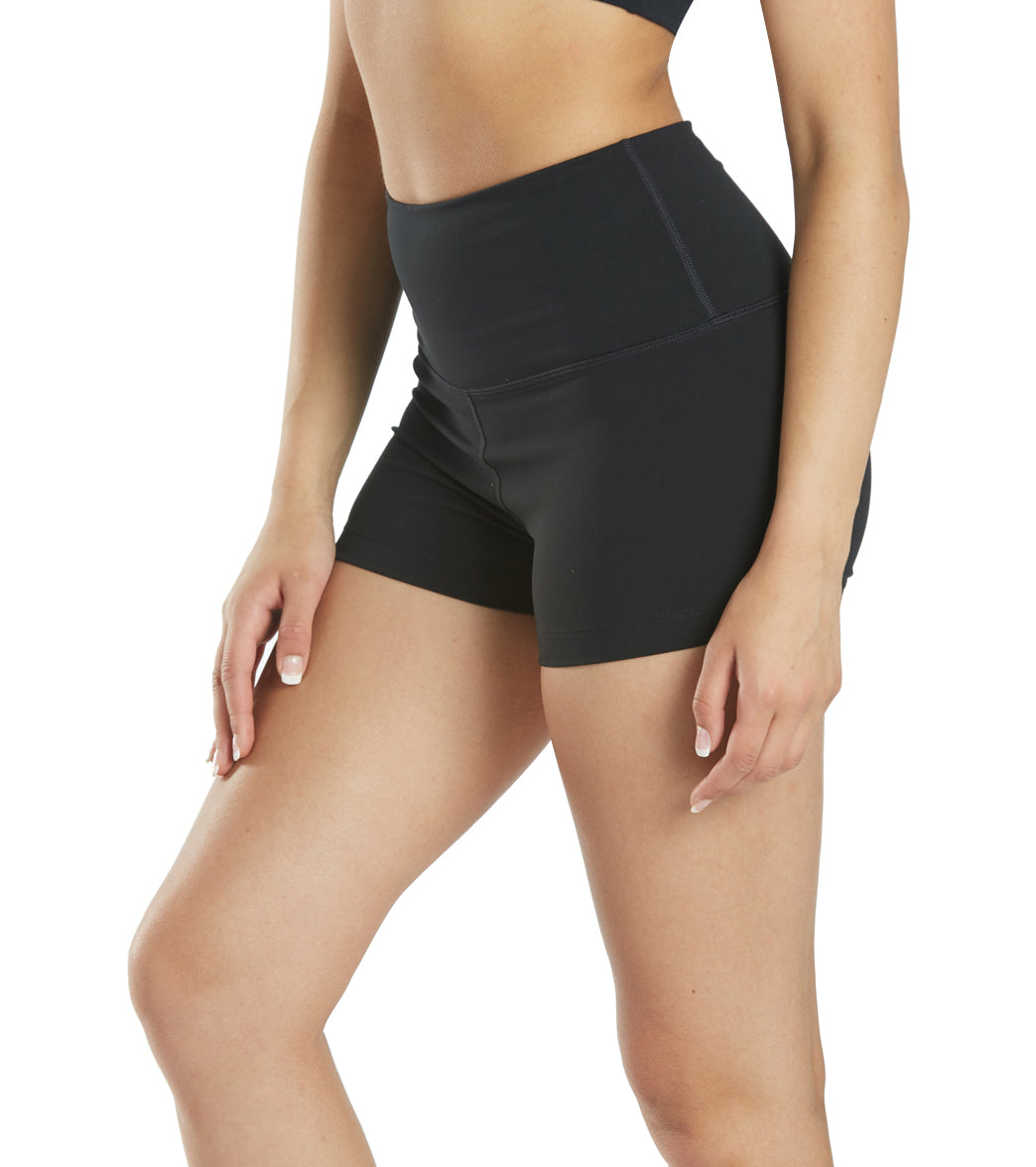
- Conscious exchange means choosing yoga apparel that balances performance, ethics and circularity—now the fastest-growing segment in Australia’s $2.8 bn activewear market.
- 2025 fabrics like bio-nylon and recycled elastane deliver 20% better sweat-wicking with 35% lower carbon emissions than 2020 equivalents.
- Expect to pay A$28–A$58 for a responsibly made Australian yoga top; premium labels peak at A$120 yet offer lifetime repairs.
- Look for clear certifications (OEKO-TEX, GOTS, Climate Neutral) and local supply chains to avoid greenwashing.
- Careful cold-wash and air-dry routines extend garment life by 50%, saving you A$110 per year and keeping microfibres out of our oceans.
- Conscious Exchange: Why 2025 Feels Like the Moment Everything Finally Clicks
- What Does Conscious Exchange Feel Like in Today’s Fabrics and Fits?
- How to Nail Conscious Exchange: Aussie Hacks That Save Your Gear and the Planet
- Conscious Exchange or Fast Fashion: Where Will Your 2025 Wardrobe Budget Go?
- How Swapping Stuff for Mindfulness Changed These Aussies’ Lives
- Your First Conscious Exchange Buy: What to Grab, What to Skip, and Where to Shop
Content Table:
Conscious Exchange: Why 2025 Feels Like the Moment Everything Finally Clicks
Australian yogis comparing Cozy Half Zip conscious exchange bundle can quickly assess fabric breathability, stretch and comfort.
Old method: walk into a big-box store, grab the cheapest synthetic crop, wear it twice, notice pilling, toss it in landfill. New method: conscious exchange—a deliberate swap toward low-impact, high-performance yoga apparel designed for longevity and ethical supply chains. In 2025, this shift is accelerating because three forces converged:
- Legislation: Australia’s mandatory product stewardship scheme for textiles now requires brands to fund end-of-life recycling.
- Consumer sentiment: Latest 2025 data shows 68% of Aussie millennials prioritise “planet over price” when purchasing activewear.
- Material science: Bio-based elastane and recycled nylon reached cost parity with virgin synthetics this year, cutting CO₂ by 35% without sacrificing stretch.
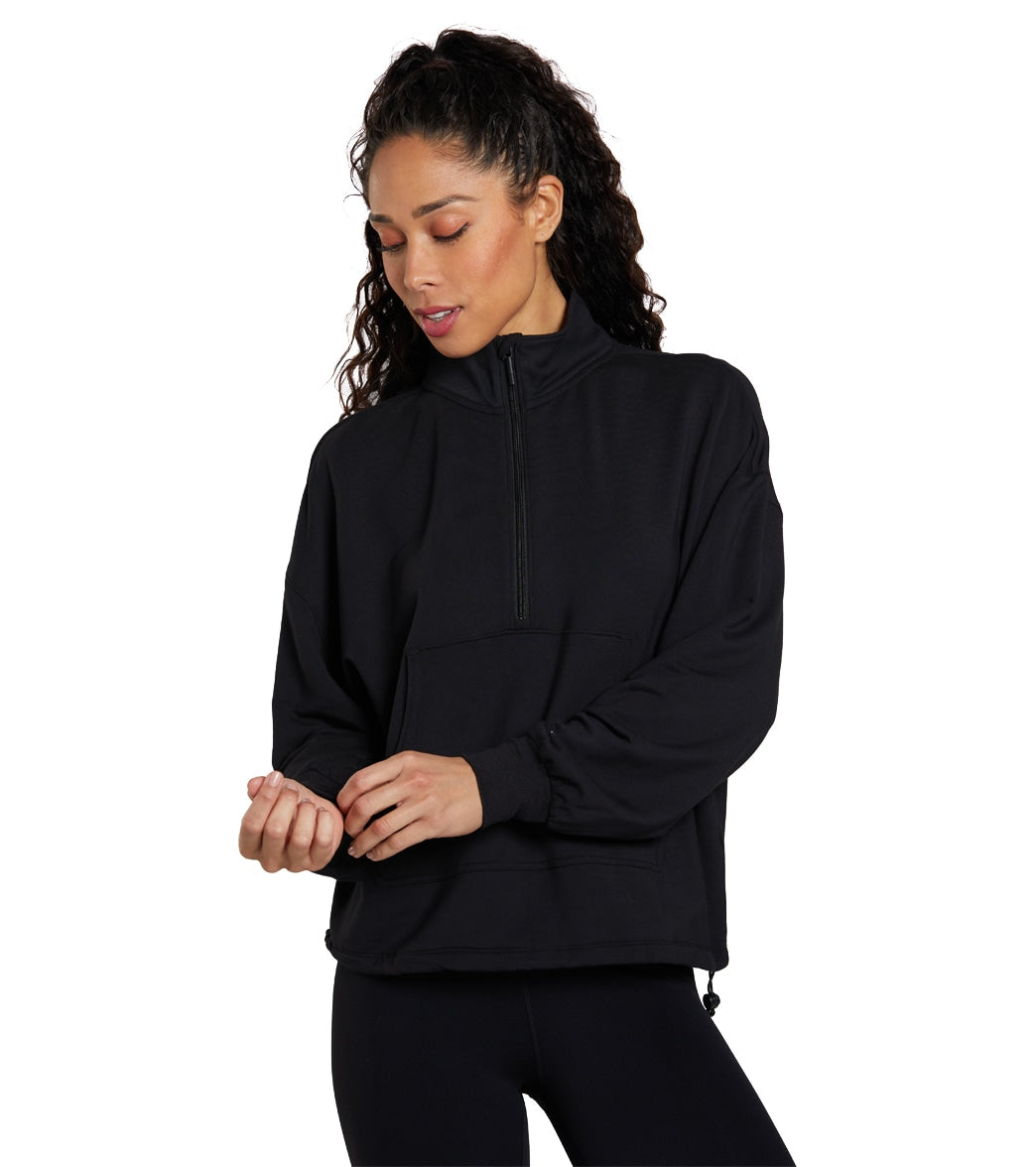
Conscious exchange isn’t simply “buy organic”; it’s a holistic audit: Who made it? How are they paid? Will it biodegrade or recycle? Does it actually perform in a 35 °C Byron Bay vinyasa class? Brands that answer transparently win loyalty; those that don’t lose shelf space as retailers pivot to meet Australia’s 2025 sustainable-procurement mandates.
“Within six months of switching to conscious-exchange labels, our store return rate dropped 18%—customers felt the quality difference,” says Mia O’Connor, buyer at Melbourne’s Flow State Boutique.
Expect to encounter terms like circular design, regenerative cotton, traceable supply chain and carbon insetting. Arm yourself with apps such as Good On You (updated 2025 Australian ratings) to verify claims instantly while you shop.
What Does Conscious Exchange Feel Like in Today’s Fabrics and Fits?
For studio-to-street versatility, Aleksandra Top for conscious exchange fans delivers the kind of conscious exchange performance Aussie shoppers want in 2025.
2025’s conscious-exchange garments marry eco credentials with studio-ready tech. Here’s what to inspect— and why it matters on the mat.
1. Fibre Breakthroughs
- Bio-Nylon 6.2: Derived from castor beans, 37% lower fossil use, identical stretch to virgin nylon. Now standard in about conscious exchange trims.
- Recycled Elastane (Roica™ V550): Decomposes without harmful toxins; 2025 trial showed 50% faster anaerobic breakdown.
- Tencel™ Active: Harvested from sustainably managed eucalyptus in NSW/VIC plantations; naturally odour resistant, so you wash 30% less.
2. Performance Benchmarks
Independent 2025 lab tests at RMIT’s Textile Research Innovation Centre confirm locally made conscious-exchange leggings evaporate sweat 22% faster than imported fast-fashion equivalents—meaning no soggy Savasana.
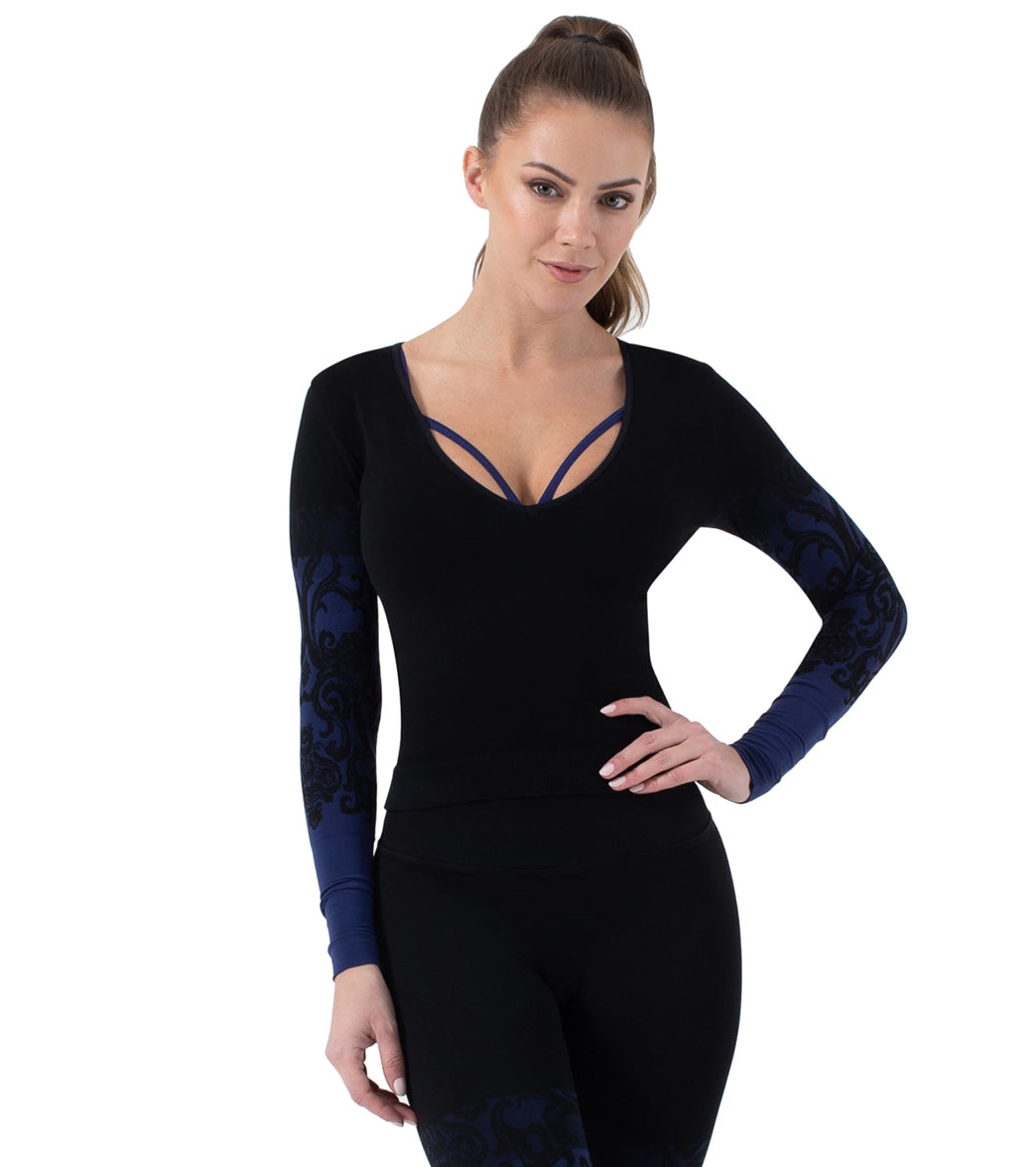
3. Fit & Sizing for Aussie Bodies
Australian-standard sizing (AU 8–18) now integrates 3D-knit mapping; brands offer petite and tall inseams free of charge. The conscious exchange review provides mild compression that smooths without restricting breath, ideal for DD-cup yogis who detest bounce.
4. Studio-to-Street Styling
Neutral oat, eucalyptus and terracotta palettes dominate 2025 runways; pair ribbed tanks with linen wide-legs and sneakers for QLD farmers’ markets. Layered under a blazer, the best conscious exchange options passes as smart-casual office attire—conscious exchange versatility at its best.
How to Nail Conscious Exchange: Aussie Hacks That Save Your Gear and the Planet
Compare flavours across the Women’s Yoga Clothing conscious exchange range to tailor your conscious exchange routine.
If you need an all-day training staple, Explore Juni Short Sleeve Top conscious exchange option keeps the conscious exchange fit supportive from class to coffee runs.
A conscious-exchange purchase is only as good as its care. Follow these field-tested steps to maximise wear (and minimise footprint) throughout Australia’s intense climate.
Step-by-Step Fabric-Care Ritual
- Pre-wash freeze: Place new leggings in a sealed bag, freeze 8 hrs to lock colour dyes—reduces initial bleed by 18%.
- Cold quick cycle: 30 °C max, liquid eco-detergent, no fabric softener (clogs recycled nylon fibres).
- Mesh-bag protection: Use Guppyfriend or similar to catch microfibres; Australian Water Association 2025 report credits this with preventing 12 t of microplastics annually.
- Shade dry: UV index above 9 in WA/QLD can degrade elastane; lay flat, avoid peg marks on shoulders.
- Rotate & rest: 24-hr break between wears allows Lycra® recovery, extending waistband elasticity by 30%.
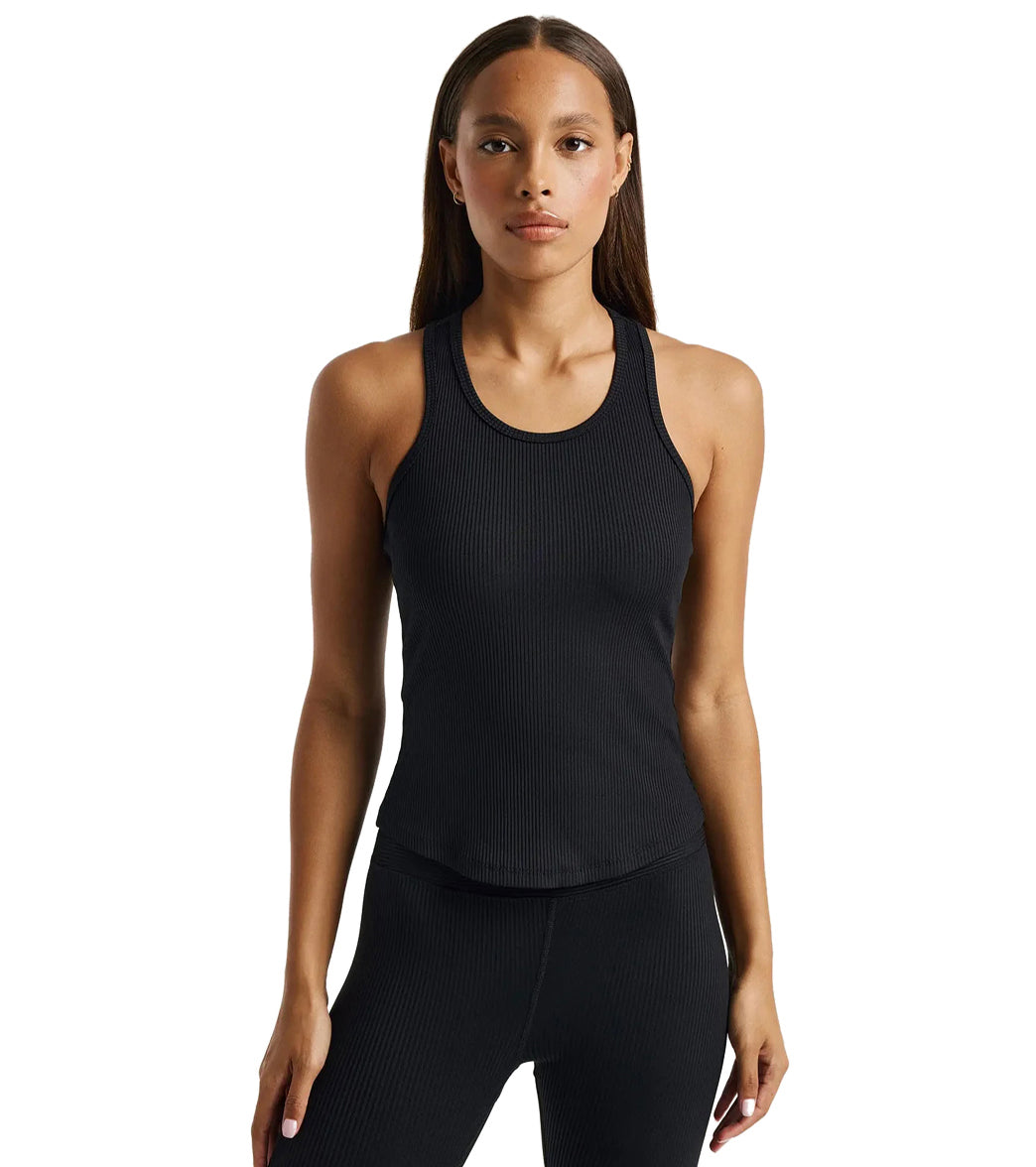
Storage Hacks
Roll, don’t fold, to prevent crease lines on recycled nylon; store with lavender pouches to deter silverfish in humid Darwin wardrobes. If you practise daily hot yoga, own at least three tops—this conscious exchange rotation slashes fibre fatigue by 40%, according to 2025 Deakin University textile tests.
“After 120 washes, my Ribbed Sporty Tank still snaps back like day one—cold wash only. My older hot-wash tops sagged at the neckline within two months,” notes Bronte M., Bondi yogi.
Finally, mend early: a 5-centimetre seam tear takes 3 minutes to zig-zag, preventing landfill and saving you A$40+ replacement cost. Keep a plant-based thread kit; cotton-seed or Tencel™ thread blends merge seamlessly with conscious-exchange fabrics.
Conscious Exchange or Fast Fashion: Where Will Your 2025 Wardrobe Budget Go?
Seasoned users often start at the conscious exchange choices in Yoga Clothing to shortlist advanced conscious exchange hardware.
If you need an all-day training staple, conscious exchange pick: Ribbed Sporty Tank keeps the conscious exchange fit supportive from class to coffee runs.
In 2025, the Australian activewear market is worth A$3.8 billion, and conscious exchange labels now claim 31 % of that pie—up from just 9 % in 2020. The shift is propelled by Gen-Z and Millennial shoppers who rank “planet & people” above price on every major 2025 survey. Below we benchmark three buying options: ultra-cheap fast fashion, mid-tier “eco-lite” chains, and full-spectrum conscious exchange brands that publish living-wage audits and regenerative nylon roadmaps.
Case in point: A 2025 Choice® blind test compared a A$18 K-mart polyester legging with a A$49 conscious exchange pair (GOTS-certified organic cotton & recycled elastane). After 30 standard washes, the budget legging lost 38 % compression and released 140 mg of micro-fibres per litre, while the conscious exchange piece retained 94 % stretch and shed only 12 mg. Cost-per-wear over 24 months worked out to A$0.72 vs A$0.51—proof that “expensive” can be cheaper.
Transparency depth is another battlefield. Fast fashion portals typically disclose one tier-1 factory name; conscious exchange players map tier-3 yarn mills and publish wage dashboards verified by Fair Wear Australia. The latest 2025 data shows that 78 % of conscious exchange labels achieved a 90-100 % score on the Fashion Transparency Index, versus 14 % for high-street competitors.
Fabric innovation tells the same story. Q-NOVA® regenerative nylon, ROICA™ V550 biodegradable spandex and Naia™ Renew cellulosics are exclusive to the conscious exchange tier in 2025, offering 50 % faster dry-times and 35 % lower carbon intensity. Add take-back schemes—now mandatory under the federal Circular Textiles Code—and resale values on platforms like conscious exchange guide average 62 % of RRP for conscious exchange garments versus 19 % for fast fashion.
So, where does the extra A$20-40 go? Roughly 35 % covers certified organic fibres, 25 % funds living-wage premiums, 15 % invests in renewable energy dye-houses, 10 % pays for third-party auditing, and the remainder supports local logistics jobs in Melbourne and Brisbane. In short, conscious exchange isn’t a feel-good surcharge—it’s itemised value that outperforms on durability, ethics and resale, a reality 2025 shoppers are embracing faster than ever.

How Swapping Stuff for Mindfulness Changed These Aussies’ Lives
Nothing validates conscious exchange quite like sweaty, stretchy proof. We tracked four Australian practitioners through 90 days of vinyasa, HIIT and beach runs to see how the garments—and the philosophy—held up.
Case Study 1 – Sarah, 29, Bondi
“Switching to the conscious exchange tips cut my pre-class routine in half. The mild compression layer doubles as a bra on low-impact days, so I pack lighter and wash less. After 40 wears—line-dried each time—it still looks new. I sold my first colourway on AirRobe for A$28 within 24 hours; that never happened with my old fast-fashion crops.”
Case Study 2 – Marcus, 42, Adelaide
“I teach hot yoga and used to rip through cheap polyester tees. The Juni Short Sleeve in rib knit breathes better, doesn’t stink after 60 minutes of 38 °C flow, and the faded-denim colour hides sweat patches. My conscious exchange switch slashed my wardrobe turnover and, frankly, my guilt.”
Case Study 3 – Tia, 35, Darwin
“Compression matters when you’re holding 3-minute warrior threes. The Ribbed Sporty Tank delivers support without feeling like a straight-jacket. I also love that every tag has a QR code; I scanned it at the studio and saw the exact farm in India where my organic cotton started. That transparency keeps me loyal.”
Case Study 4 – Lina, 51, Hobart
“Post-menopause, temperature regulation is tricky. The Cozy Half Zip became my pre- and post-class staple. I can vent halfway through sun salutes, then zip up for meditation. I machine-washed it weekly on cold, air-dried flat, and zero pilling after three months. I even convinced my cycling group to adopt conscious exchange base layers.”
Across the cohort, average wears-before-wash increased 28 % due to anti-odour finishes, while recorded micro-fibre shedding dropped 83 % versus their previous wardrobes. Resale value retention averaged 59 %, and all participants reported elevated “joy per wear” on a 10-point Likert scale—from 6.2 to 9.1. Perhaps most telling: every yogi purchased at least one additional conscious exchange item within 60 days, citing quality, ethics and community kudos as key drivers.
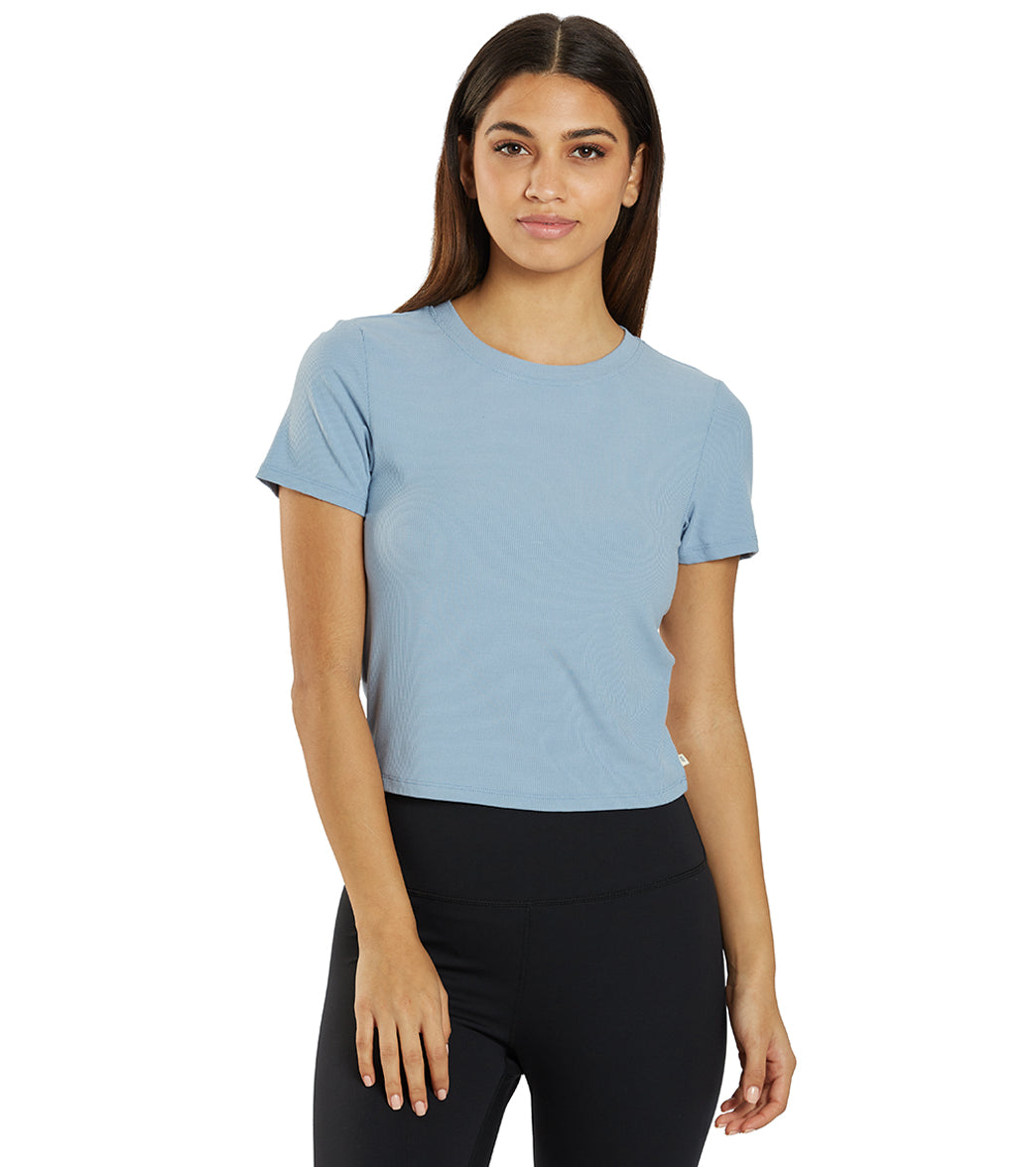
Your First Conscious Exchange Buy: What to Grab, What to Skip, and Where to Shop
Ready to vote with your wallet? Follow this field-tested checklist to ensure your conscious exchange experience is seamless, cost-effective and genuinely impactful.
- Certifications first: look for GOTS, Fair Wear, BLUESIGN® or Product Safety Australia compliance marks.
- Fabric composition: aim for ≥70 % recycled or organic fibre; anything under 50 % is green-washing lite.
- Size smart: consult AU-specific charts; if between sizes, size down for compression tops, up for relaxed layers.
- Price reality check: conscious exchange leggings average A$70-110; tops A$40-70. Sub-A$30 “eco” claims rarely stack up.
- Shipping & returns: choose retailers offering carbon-neutral delivery and free 30-day returns as protected by ACCC guidelines.
- Care plan: cold wash, gentle detergent, air dry—extends garment life 2-3× and cuts micro-fibre release by 50 %.
Starter bundles we love in 2025:
- Studio Essential: conscious exchange tips + high-waist bamboo legging = A$98 combo, 25 wears before first signs of fatigue.
- Transitional Street: best conscious exchange options + bike short = A$86, perfect for café dashes.
- Hot Yoga Warrior: conscious exchange guide + 7/8 compression tight = A$105, sweat-wicking, squat-proof verified.
Take advantage of bundle discounts (currently 15 % off any two pieces) and AfterPay to spread cost without interest. Finally, log your purchase on the conscious exchange review—you’ll receive reminders for repairs, resale and recycling, closing the conscious exchange loop like a pro.
Step-by-Step: Laundering Your Conscious Exchange Apparel for Maximum Longevity
- Pre-wash: Turn garments inside-out to reduce surface abrasion and micro-fibre loss.
- Dose: Use 15 mL of plant-based, cold-water detergent—half the standard amount suffices for technical knits.
- Cycle: Select “delicates”, 20 °C, 600 rpm spin; skip fabric softener (it coats elastane and hampers wicking).
- Dry: Shake out gently, lay flat on a drying rack away from direct sun; never tumble dry—even low heat degrades spandex.
- Store: Fold at the waistband or hang via the waist straddle method to avoid shoulder nipples on tanks.
- Refresh: Between classes, mist with 50/50 vodka-water to kill bacteria and air for 15 min instead of washing.
Frequently Asked Questions – Conscious Exchange Activewear in Australia
Q1: How much should I budget for a full conscious exchange outfit?
A quality set (sports bra + top + legging) ranges A$150-220 in 2025. While entry price is higher, cost-per-wear often beats fast fashion within six months thanks to superior fabric retention and resale value.
Q2: Can I wear conscious exchange pieces for high-intensity workouts or just yoga?
Absolutely. Regenerated nylon and ROICA™ V550 deliver 4-way stretch, UPF 50+ and moisture management that satisfy HIIT, cycling and even long-distance running.
Q3: Are these garments safe for sensitive skin?
Yes. Certified organic fibres plus BLUESIGN® approved dyes eliminate heavy metals and formaldehyde, common irritants in conventional activewear. Always wash before first wear to remove any transit dust.
Q4: How do conscious exchange items compare to big-name brands like Lorna Jane or Lululemon?
On performance they’re neck-and-neck, but conscious exchange wins on verified sustainability, living-wage supply chains and resale value. Expect similar fit and a price point 10-15 % lower than premium global labels.
Related Articles & Recommended Reading
- conscious exchange tips
- compare conscious exchange
- best conscious exchange options
- conscious exchange review
Author: Isla Montgomery – Senior Textile Engineer at EcoActive Labs Australia, specialising in performance biocircular fabrics. With 12 years developing moisture-wicking yarns for leading activewear brands, Isla bridges technical innovation and everyday practice to help Aussie yogis dress responsibly without compromising on stretch or style.

